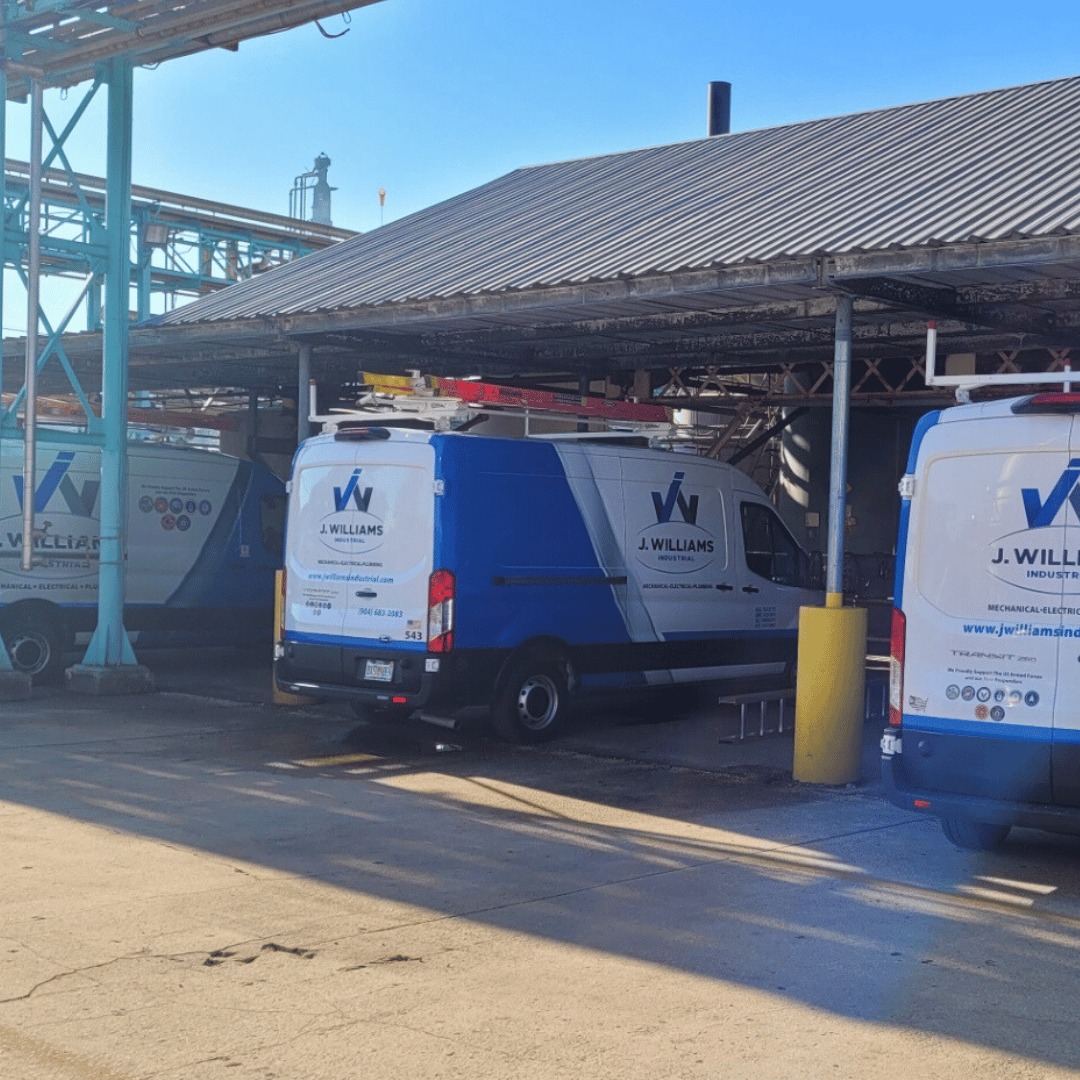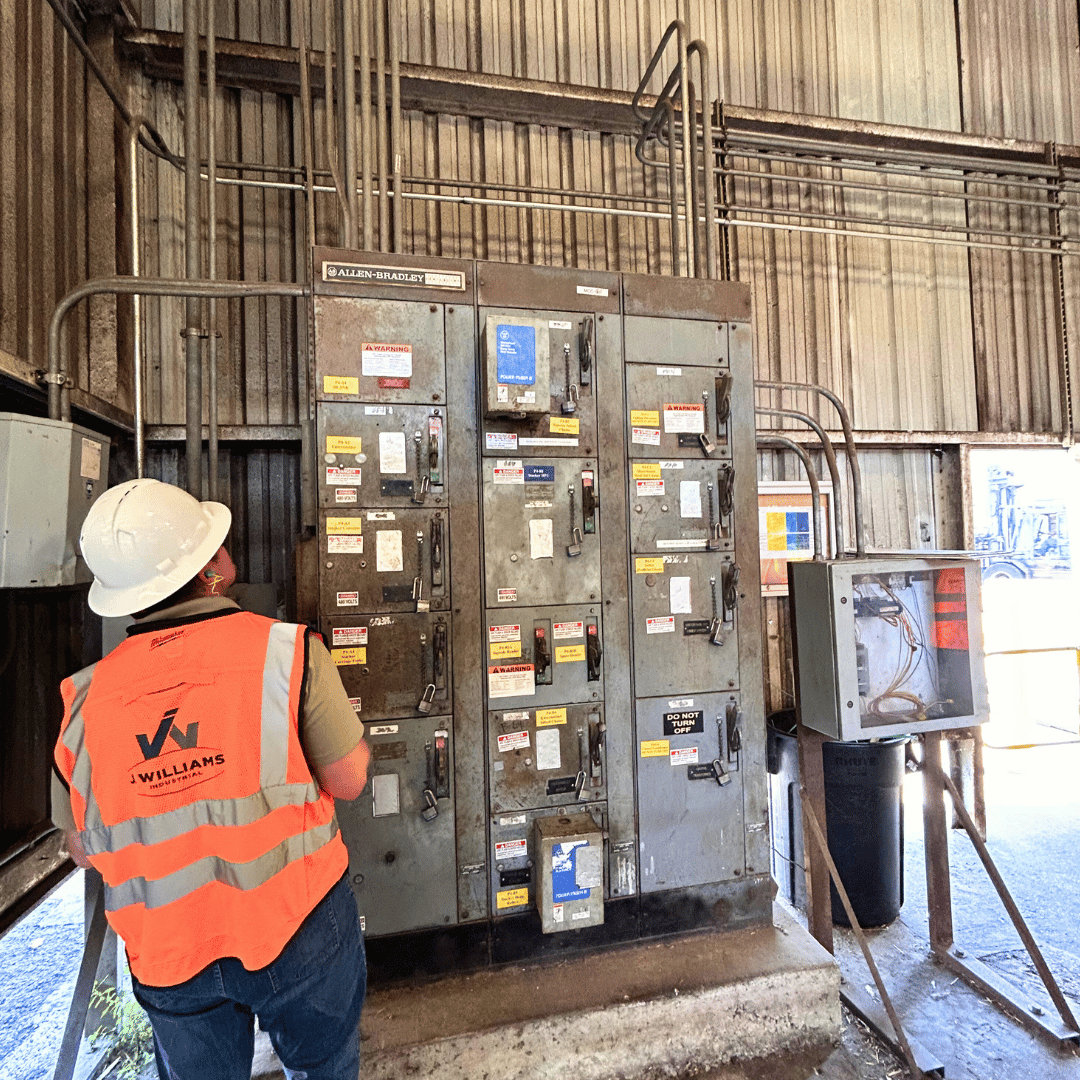Understanding Electrical Issues:
Electrical issues encompass a wide range of problems, including power outages, circuit overloads, flickering lights, and malfunctioning appliances. These issues can stem from various factors such as faulty wiring, damaged components, or inadequate maintenance. Identifying the root cause of the problem is the first step toward effective troubleshooting and repair.
Diagnostic Techniques:
- ● Visual Inspection: Conduct a visual inspection of the electrical system to identify any visible signs of damage, such as frayed wires, loose connections, or burnt components.
-
- ● Testing Equipment: Utilize testing equipment such as multimeters, circuit testers, and thermal imaging cameras to measure voltage, current, and resistance levels, helping pinpoint abnormalities in the system.
-
- ● Circuit Tracing: Trace the flow of electricity through circuits to locate potential points of failure, such as faulty switches, outlets, or breakers.
-
- ● Load Analysis: Assess the electrical load on circuits to determine if they are operating within their capacity, preventing issues like overload or voltage drop.
Common Electrical Problems:
- ● Short Circuits: Occur when current bypasses its intended path due to a direct connection between the hot and neutral wires, often resulting in sparks, tripped breakers, or electrical fires.
-
- ● Ground Faults: Caused by unintended contact between a live wire and a grounded surface, leading to potential shock hazards and circuit interruptions.
-
- ● Overloads: These happen when circuits are subjected to excessive electrical load, causing overheating and potential damage to wiring, appliances, and other electrical components.
-
- ● Voltage Fluctuations: Variations in voltage levels beyond acceptable limits, affect the performance and lifespan of electrical equipment.
Repair Strategies:
- ● Replace Damaged Components: Identify and replace faulty components such as damaged wires, switches, outlets, or circuit breakers to restore proper functionality.
-
- ● Rewire Circuits: Address wiring issues by rewiring circuits to eliminate damaged or inadequate wiring, ensuring safe and reliable electrical connections.
-
- ● Upgrade Electrical Panels: Upgrade outdated electrical panels to accommodate increased power demands and enhance safety features such as arc fault circuit interrupters (AFCIs) and ground fault circuit interrupters (GFCIs).
-
- ● Implement Surge Protection: Install surge protection devices to safeguard sensitive equipment from voltage spikes and transient surges caused by lightning strikes or utility grid fluctuations.
Conclusion:
Troubleshooting and repairing electrical issues require a combination of technical expertise, diagnostic skills, and safety precautions. By understanding common electrical problems, employing effective diagnostic techniques, and implementing appropriate repair strategies, individuals can ensure the efficient operation of electrical systems while minimizing safety risks and downtime.


